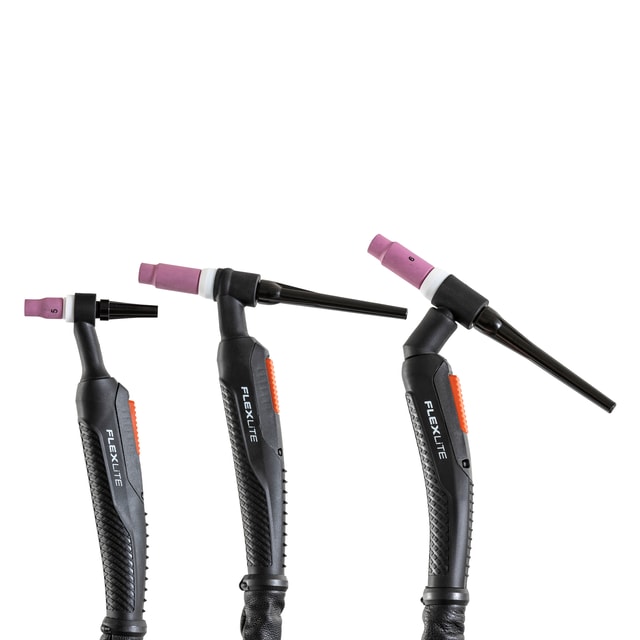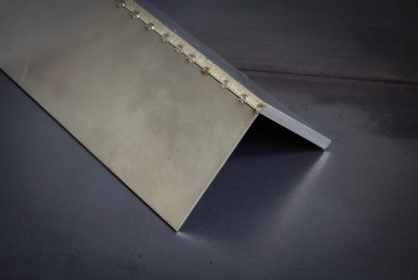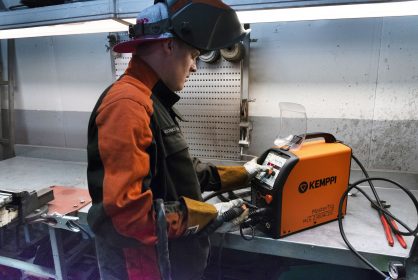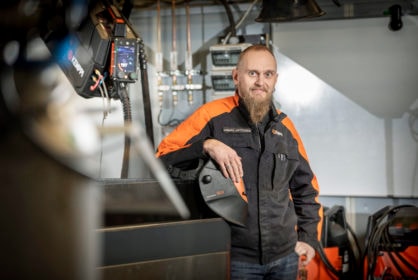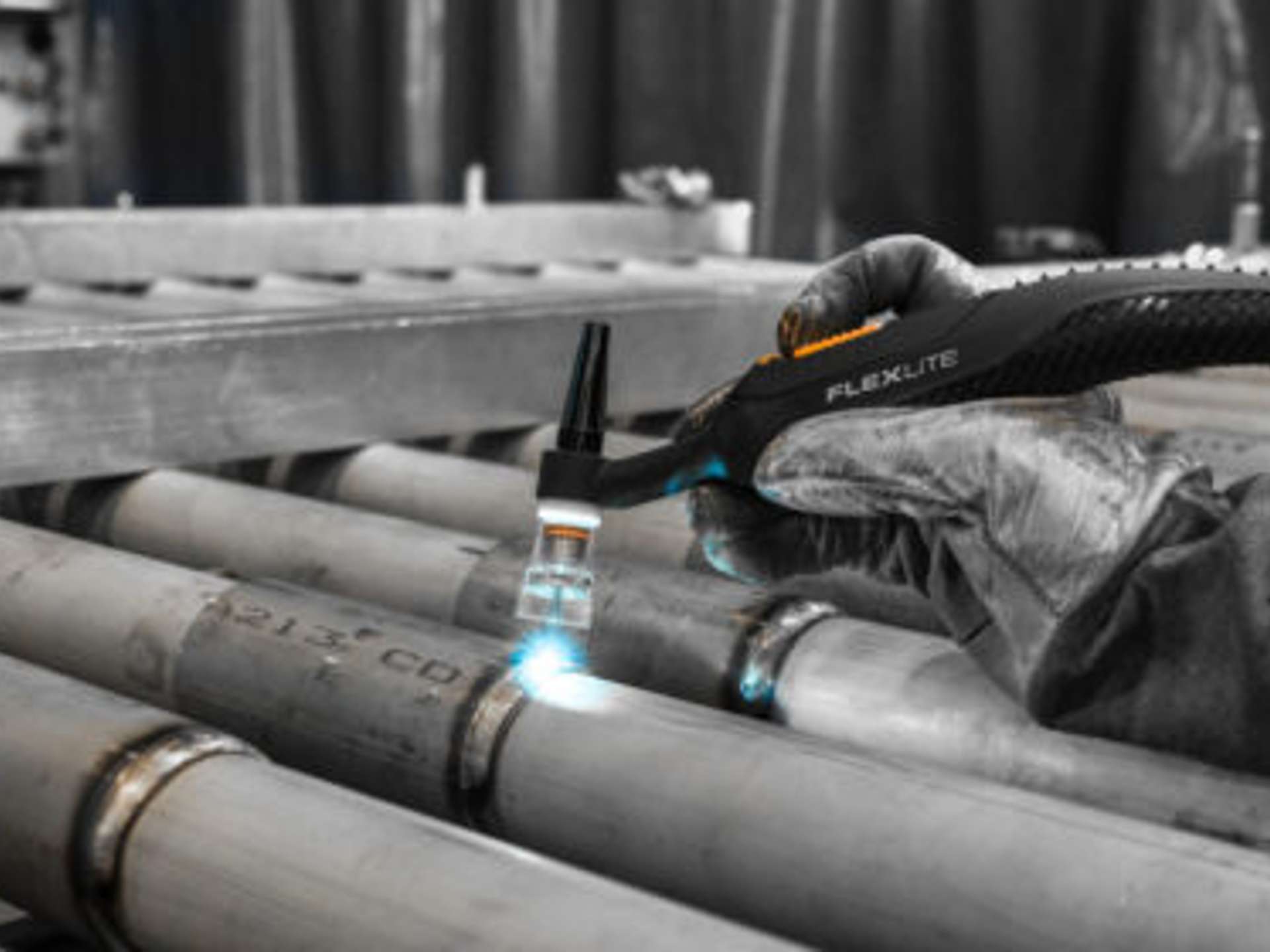
Innovation
Welding torch testing proves quality and durability
14 July 2019
Kemppi's new Flexlite TX welding torch range offers cutting-edge features for precise TIG welding. The goal of the product development team was nothing less than to make the best TIG welding torches in the world, with compact neck design for demanding welding applications and consumables that guarantee the best welding quality and value. User experiences, tests, and measuring prove that the goal has been achieved successfully.
Paavo Sivula
The design of the Flexlite TX torches adapts to the position of the welder's hand and reduces wrist loading. A patent is pending for the innovative handle. The ergonomics of manual welding has also been taken into account in the materials: the torch handles are made of silicone rubber, which provides both flexibility and a firmer grip with leather gloves compared to plastic handles.
Measurements and heating test according to strict standards
Maximum durability of TIG welding torches and the safety of the welder are ensured with resistance and strength measurements in accordance with the standard IEC-60974-7. The standard defines the limits for torch heating. The handle temperature is allowed to be at maximum 30 Kelvins higher than the environment temperature. With the cable set, the limit is 40 Kelvins.
The heating test defines loads per specific torch, e.g. what welding current limit can be welded with the torch. In the heating test, a water-cooled copper block is being welded and the heating of the torch is measured with electronic sensors. The optimum points of the sensors are located with a thermal camera to ensure all the hot spots are included in the measurements. The temperature of the hottest point is reported. A standardized heating test guarantees that the torch welding efficiency is as promised. The heating test measurement cycle lasts for a minimum of 30 minutes, or until the temperature rises at maximum to two Kelvins per hour.
Testing welding torch materials and consumables
In addition to mandatory standard tests, Kemppi carries out a lot of additional testing to ensure top-quality products. The Flexlite TX welding torches were tested with several cables made of different materials from different manufacturers before the final choice. Cable materials have been selected with an emphasis on the optimum balance of durability and elasticity and, in the case of the gas cable, the purity of the shielding gas.
The consumables which have a significant role in the torch's welding quality, such as gas lens equipment, are tested through gas shielding tests. The gas flow is examined with Schlieren imaging technology in Kemppi's welding laboratory.
Kemppi's gas lenses have multiple layers of gas-diffusing mesh, which significantly improve laminar gas flow and makes the welding machine's operation extremely efficient. The video below shows a remarkable difference between the shielding gas flow from a Kemppi gas lens-equipped TIG torch and the performance from a market standard specification.
Maximum durability is assured in a tough robotic bending test
The robot bending test is the most demanding test for the entire torch assembly. The test method has been developed by Kemppi to ensure that the torch is mechanically durable through and through in terms of cable materials, copper cable, and water circulation in a water-cooled torch. The trajectories programmed in the robot include all possible welding positions. The robot bends the welding torch with one kilo's extra weight in every 40-second cycle. The test is one of the toughest tests on the TIG torches and thus ensures their maximum durability.
Discover the Flexlite TX welding torch range for TIG welding

Paavo Sivula
Paavo Sivula
Manager, TIG Torch Development at Kemppi Oy. Several years of experience in product development with technical responsibility over TIG welding torches. Always questioning the conventional and finding new ways of creating better tools for the welders.
